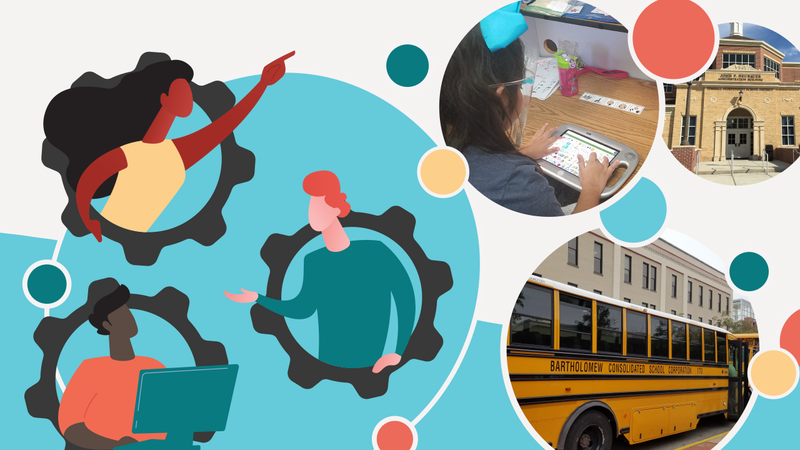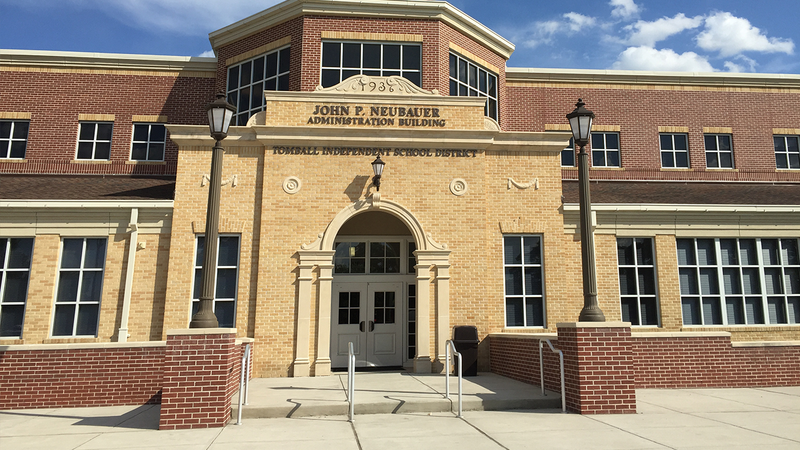Measure Progress for Continuous Improvement

Get Started Measuring Progress:
Collecting and analyzing evidence of change toward a more balanced and inclusive ecosystem is critical to ensuring learning opportunities.
Practice: District uses multiple data sources as part of a continuous improvement process to analyze progress toward establishing an inclusive technology ecosystem.
Actions that lead to measuring progress for continuous improvement include:
- Create a data collection plan: Create a data collection plan that is robust and aligned to the goals and benchmarks in the technology plan.
- Take action based on data: Take action based on the data analysis to ensure continuous progress toward meeting the goals and benchmarks in the technology plan.
- Inform relevant parties about data: Implement a consistent and accessible method for keeping relevant parties informed of progress toward achieving the goals and benchmarks of the technology plan.
Learn from Our Partners

- Module: Improvement Cycles Overview (Module 5)external site, (State Implementation and Scaling-Up of Evidence-Based Practices (SISEP) at NIRN)
- Case Story: TISD – Tomball, TXPDF document
Resources
Creating a Cycle of Continuous Improvement Through Instructional Roundsexternal site (National Council of Professors of Educational Administration (NCPEA)
Tomball ISD's Story

Tomball Independent School District (Tomball, Texas)
Photo by CommunityEditor | CC BY-SA 4.0external site
Tomball Independent School District serves approximately 18,000 students in Tomball, Texas. The district has grown rapidly in recent years, with shifts in district demographics and student needs. To address changing student needs, the district’s vision focuses on technology tools with built-in accessibility feature that can benefit students throughout the district, in both general and special education.
The district’s technology implementation plan began as a pilot study when a review of data found that students who were not currently identified with an IEP or a 504 plan were struggling and had limited access to resources that could support them. The AT department put together a proposal for a joint project that brings together general education, special education, instructional technology, related services and ESL teachers to conduct a needs assessment and identify primary barriers from multiple perspectives. Data collected during the pilot demonstrated improved results and increased student access, so the team moved forward with district-wide implementation the following year. Goals and related data points were identified within the district strategic plan and plans for each school building to ensure that training was embedded in the professional development schedule, as well as in parent meetings, open house and personalized trainings. Data collection included requests for support, tool usage by campus, number of trainings, relationship between integration and hours of PD received, and student results by tool usage. Throughout the process, the district used data to drive improvement to the implementation. Initial barriers identified during the pilot study were addressed during full implementation; data collected during full implementation were then used to identify additional needs to provide scaffolding for students.
Supporting Research
- Lange, C., Range, B., & Welsh, K. (2012). Conditions for effective data use to improve schools: Recommendations for school leaders. International Journal of Educational Leadership Preparation, 7(3), n3.
- Berglund, T., & Tosh, K. (2020). Educator Access to and Use of Data Systems.
- Wayman, J. C., Shaw, S., & Cho, V. (2017). Longitudinal effects of teacher use of a computer data system on student achievement. AERA Open, 3(1), https://doi.org/10.1177/2332858416685534.